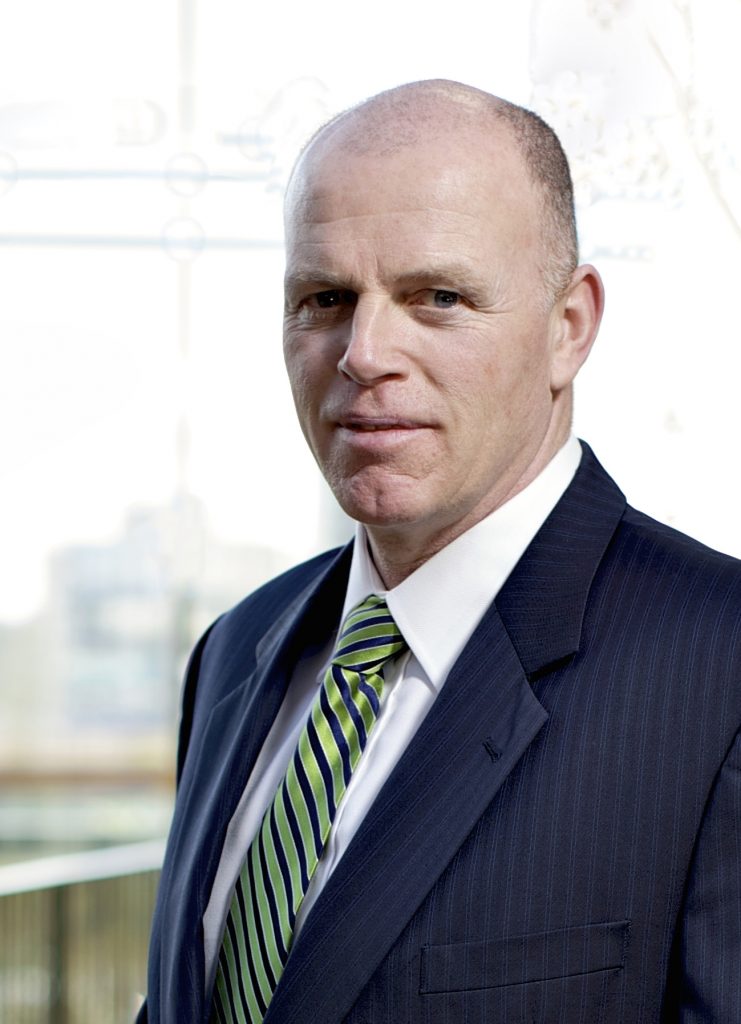
A meeting between the European Sea Ports Organisation (ESPO) and global trade association Interferry has agreed a common work programme to promote an environmentally sustainable future for the European ferry business through the provision and use of onshore power supply (OPS).
Underlining the shared challenges and priorities of their Europe-wide memberships, ESPO and Interferry confirmed the following joint approach:
1. Ferries must be recognised as a sustainable passenger transport mode that link Europe’s cities and regions, as well as providing a green mode of urban transport. This should be better reflected in Europe’s transport policy, in particular in Flagship 3 of the European Commission (EC) Sustainable and Smart Mobility Strategy (available here).
2. Ferry ports should act as soon as possible to deploy OPS, and ferry lines should commit to using OPS whenever it is available. The agreement notes that, increasingly, many ferries will use OPS not only for their energy consumption at berth, but also to recharge batteries for propulsion – prompting significantly higher power demand that will require corresponding upscaling of the grid network.
3. To optimise the effective deployment and use of OPS for the ferry industry, investments should initially be made where it makes most sense in terms of maximising emissions reductions per installation. Accordingly, first priority for OPS development should be given to ferry terminals with high frequency of operation, as opposed to those with only occasional ferry calls. The OPS obligations set out in the EC proposals for Alternative Fuels Infrastructure Regulation (AFIR), which refer to a specified minimum number of calls per port, should therefore be adapted to foresee a minimum number of calls per terminal.
4. The exemptions to the OPS requirements under FuelEU Maritime and AFIR should be aligned to ensure the effective deployment and use of OPS. Both ports and ferries call for a coherent and predictable framework that provides legal certainty for stakeholders.
5. Since greening the shipping sector and deploying OPS in ports will require huge investments, revenues from a maritime European Union (EU) Emissions Trading System, or any similar market-based measure, should go towards funding OPS deployment through a dedicated fund benefitting both the ports and shipping sectors.
6. New fuels and technologies for greening the shipping industry should be encouraged and promoted, alongside development of the relevant safety and operational standards. The accompanying financial and regulatory framework should be technology-agnostic to ensure due consideration for all viable options. With the exception of OPS, at this early stage it does not seem desirable to impose a requirement to deploy infrastructure for certain other technologies or fuels. Developments and investments should be based on bottom-up projects and bilateral commitments among different stakeholders.
7. An EU-wide permanent and total tax exemption for electricity provided to ships at berth should be introduced in the Energy Taxation Directive in order to provide stronger and clearer incentives that promote the uptake and use of OPS.
Interferry CEO Mike Corrigan comments: “Electrification of ship propulsion is key to meeting massive regulatory challenges for reducing maritime greenhouse gas emissions – interim cuts of some 50% are due by 2030, leading to ‘net zero’ status by 2050. Ferries are already leading the shipping industry’s transition to hybrid and fully electric systems, but major expansion of the electricity grid network is absolutely crucial to supporting the ultimate objectives.
“To this end, Interferry has embarked on a schedule of meetings with senior decision makers from governments, ports and energy companies to urge investment in OPS infrastructure. I very much value our collaboration with ESPO to work on mutual sustainability ambitions.”

ESPO secretary-general Isabelle Ryckbost concludes: “Ports in Europe are very eager to move forward in achieving the decarbonisation goals and progressing their green priorities. The greening of shipping is a priority for ports. The best way to go forward is to engage in dialogue with the different stakeholders. Each segment has its own priorities and solutions. I am very happy we started this dialogue a few months ago with Interferry and can now engage together on an efficient way to reduce emissions at berth. Moreover, the role ferry transport can play in greening passenger transport in Europe is severely underestimated. Ferries are connecting people, regions and economies. I’m happy to continue the discussions with Interferry.”





